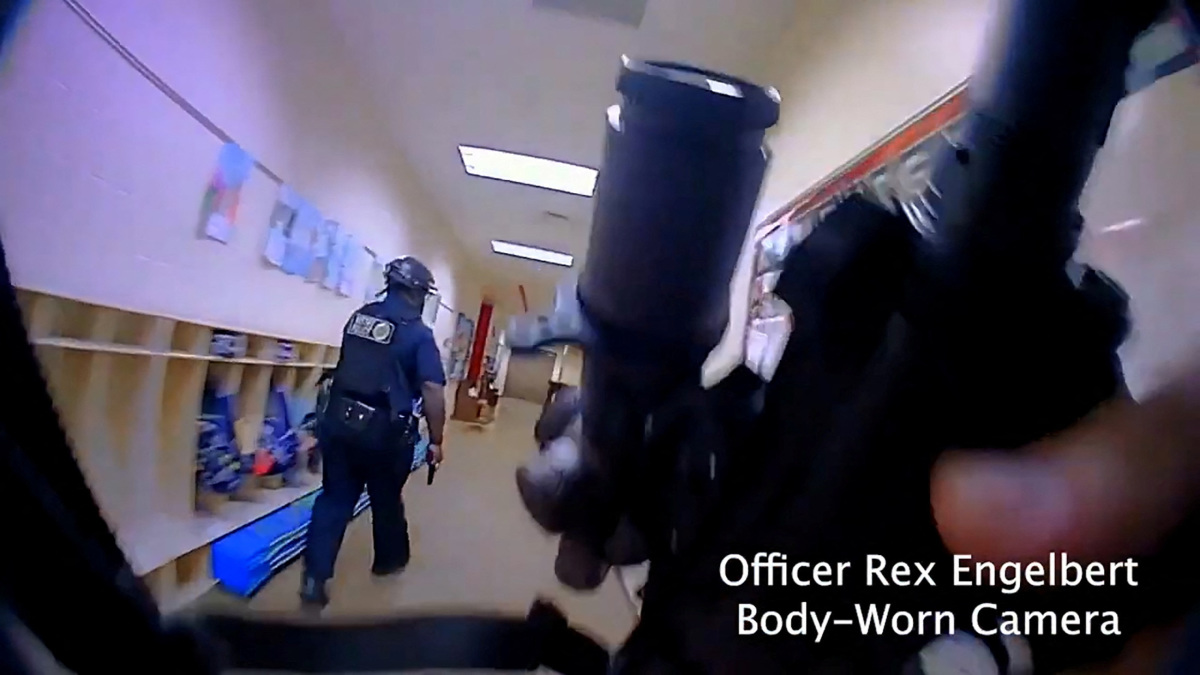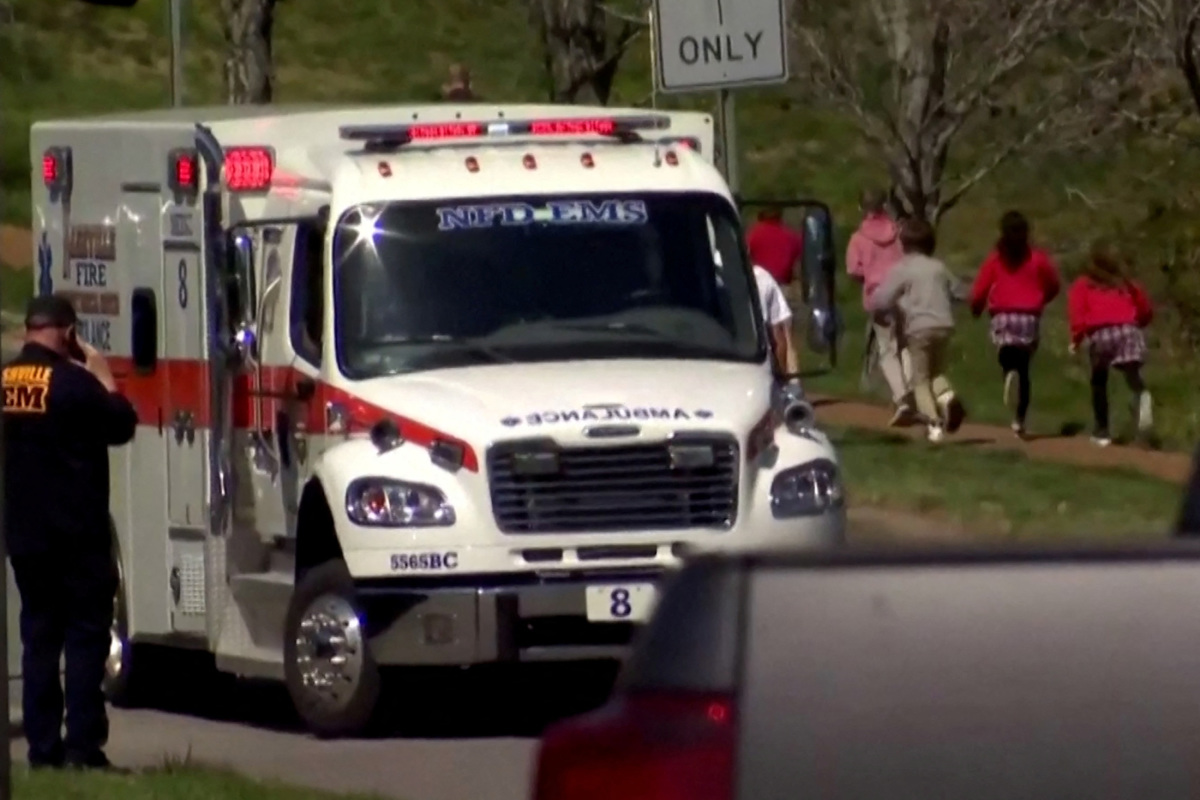Nashville Shooting Triggers Renewed Calls for Enhanced School Security Measures
The deadly shooting at a private Christian grade school in Nashville has U.S. educators grappling once again with how to bolster their defenses against such a threat, particularly at smaller independent schools often viewed as havens of safety.
Security experts said the Covenant School apparently had good safety protocols. Yet on Monday, a 28-year-old former student entered the stately stone school building by shooting the glass out of several doors and killed three 9-year-old students and three adults before police ended the attack.
It was a grim reminder that any campus could be the target of gun violence, spurring educators around the country to review security protocols and try to reassure parents.
"There's been a sense of, 'those problems don't seem to happen in our types of schools,' and yesterday shattered that," said Sean Corcoran, head of school at Brainerd Baptist School, an elementary school of 330 students attached to a church in Chattanooga, Tennessee.
Covenant serves about 200 students from preschool to sixth grade, and Corcoran described his school as similar. Brainerd's glass doors are coated in bullet-resistant laminate; it holds several active shooter drills a year; and the local police station can access security camera feeds during emergencies. The school is also installing panic buttons.
Protective measures notwithstanding, Corcoran said the Covenant School shooting exposed how deadly such attacks can be even when school leaders "did everything right."
Reuters could not immediately reach Covenant officials or trainers who had led drills there to ask them about details about security procedures. Other security experts who watched publicly released security camera and body camera video from Monday's shooting observed that the school appeared to have evacuated students quickly so hallways would be empty when the shooter reached them.
They said additional safety measures might have helped. If the school doors had been coated in bullet-resistant laminate, it might have taken the shooter six or seven minutes to enter, buying additional time for law enforcement to respond, said Mac Hardy, director of operations at the National Association of School Resource Officers.
Hardy also said Covenant lacked something every campus should have: a school resource officer whose purpose is to avert or respond to threats such as active shooters.
In much of the United States, law enforcement and school resource officers were pulled off campuses in 2020, partly because the COVID-19 pandemic prompted a shift to virtual learning and partly because of protests against police violence that swept the country that year, according to Chris Joffe, a security, safety and medical support consultant.
His company, Joffe Emergency Services, holds disaster and threat-preparedness training for schools around the country. Hundreds of schools have requested his services since Monday's attack in Nashville, Joffe said.
ARMED GUARDS AND LOCKED GATES
An armed guard is stationed at the front gate at Briarcrest Christian School in the Memphis suburbs, according to an email on Tuesday to parents of its approximately 1,750 students in kindergarten through 12th grade. The email added that off-duty local police officers patrol campus during school hours, "armed and highly visible."
Briarcrest's president, Caron Swatley, who sent the email, said: "We operate on the premise of, put as many barriers up as you can before an intruder can get into your school."
Perimeter fencing surrounds the campus and gates are locked after children are dropped off each morning. All entrances to the buildings are monitored for access, and faculty and staff undergo annual training on security protocols in case of active shooters, intruders and other threats.
It is not clear that hardening school security always works. A study published in an American Medical Association online journal in 2021 showed armed guards at a school site did not reduce the number of casualties in a shooting and may even be associated with an increased number of deaths.
Ron Avi Astor, a University of California, Los Angeles professor who studies school violence, said schools need to strike a balance between measures to keep kids safe and overdoing security to the point that school feels like prisons.
He said small schools in vulnerable Jewish and Muslim communities have created subtle barriers to entry, such as erecting fencing and moving entrances to the back of their properties, allowing schools to protect children without traumatizing them.
Interventions to stop bullying and address disparities at schools have led to a dramatic reduction in almost every kind of violence on campus, he said, citing a study he co-authored that was published on Tuesday in the World Journal of Pediatrics.
The only violent acts that were not eased or stabilized by these interventions were mass shootings, he said.
"There are choices that can be made here, maybe some middle ground," Astor said. "Yes we want to protect them but do we want to create environments where they feel like there's tanks and bazookas everywhere?"


© Copyright Thomson Reuters 2024. All rights reserved.





















